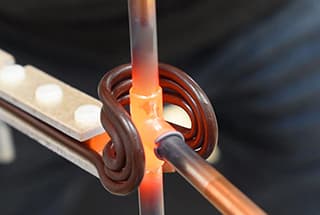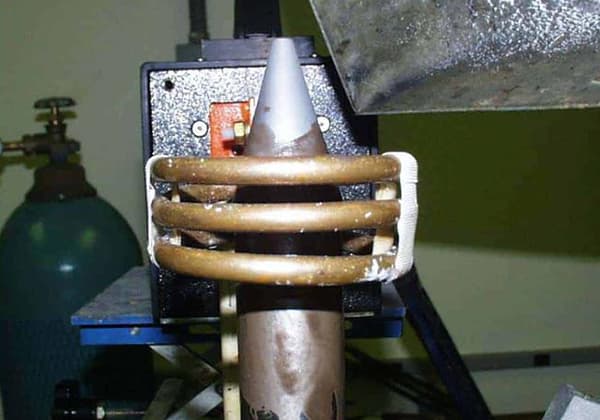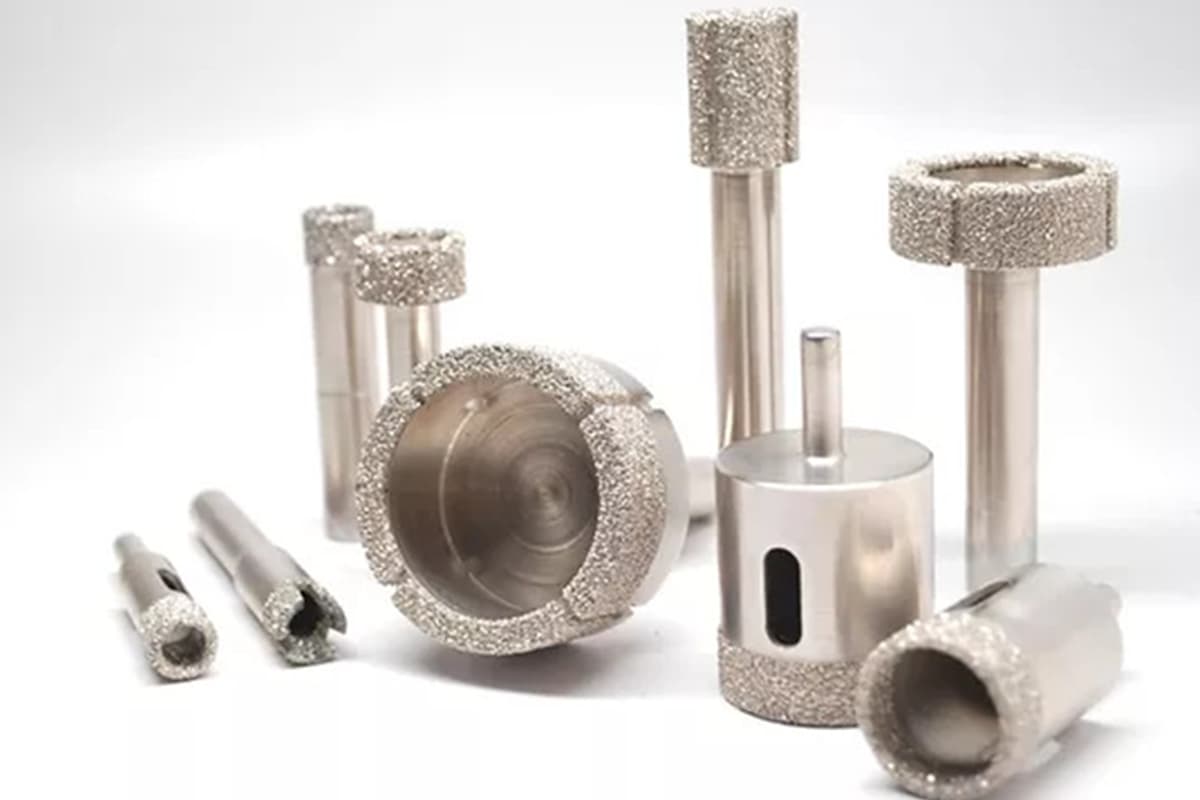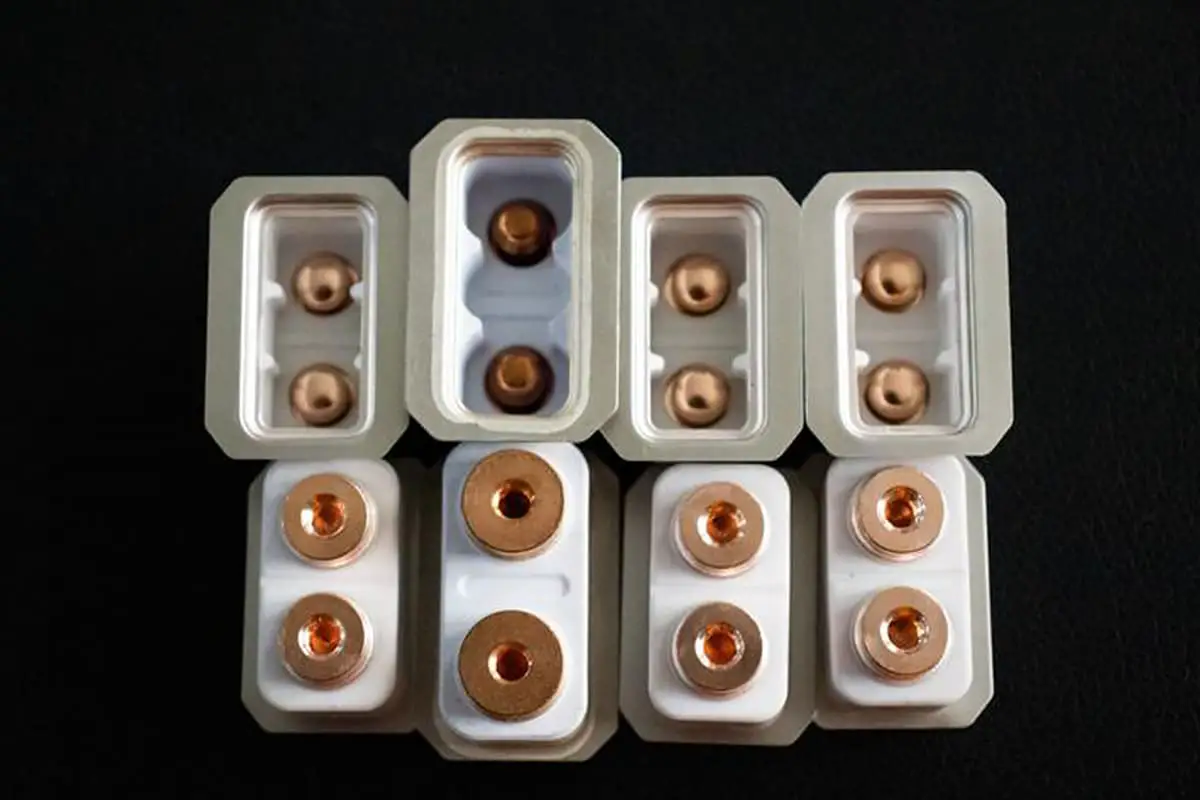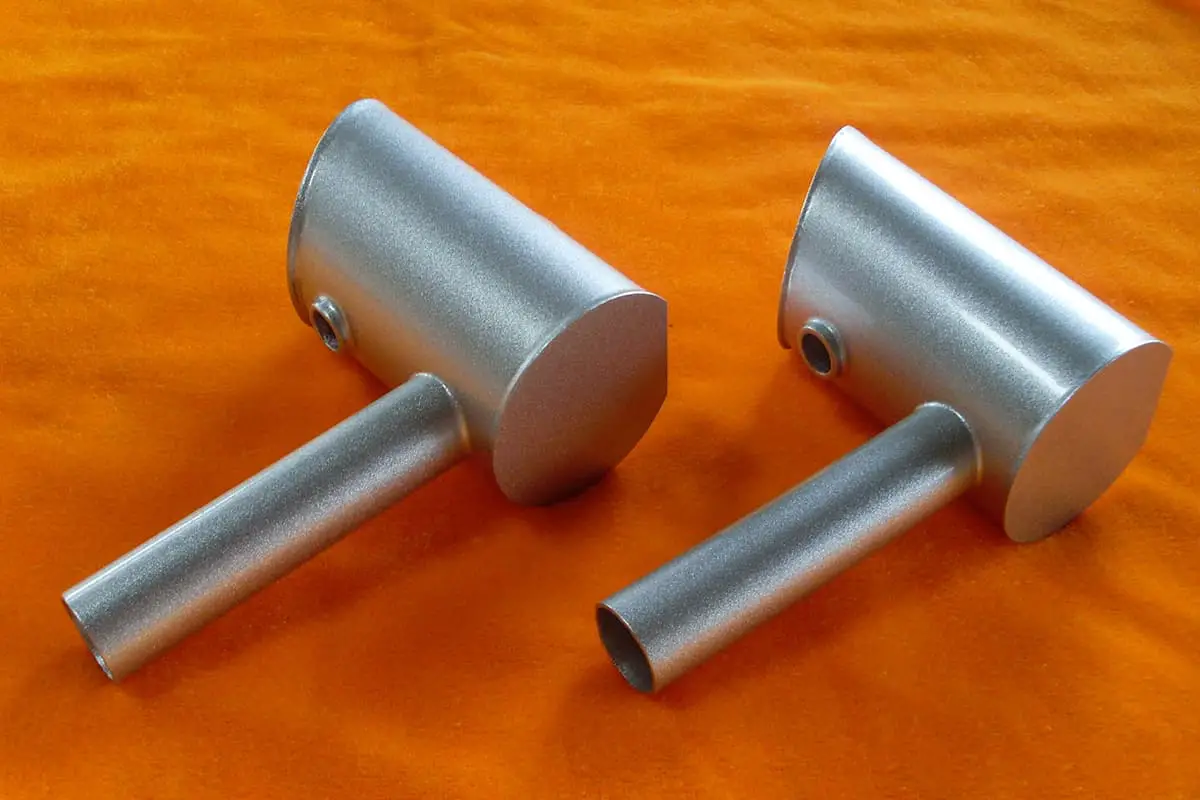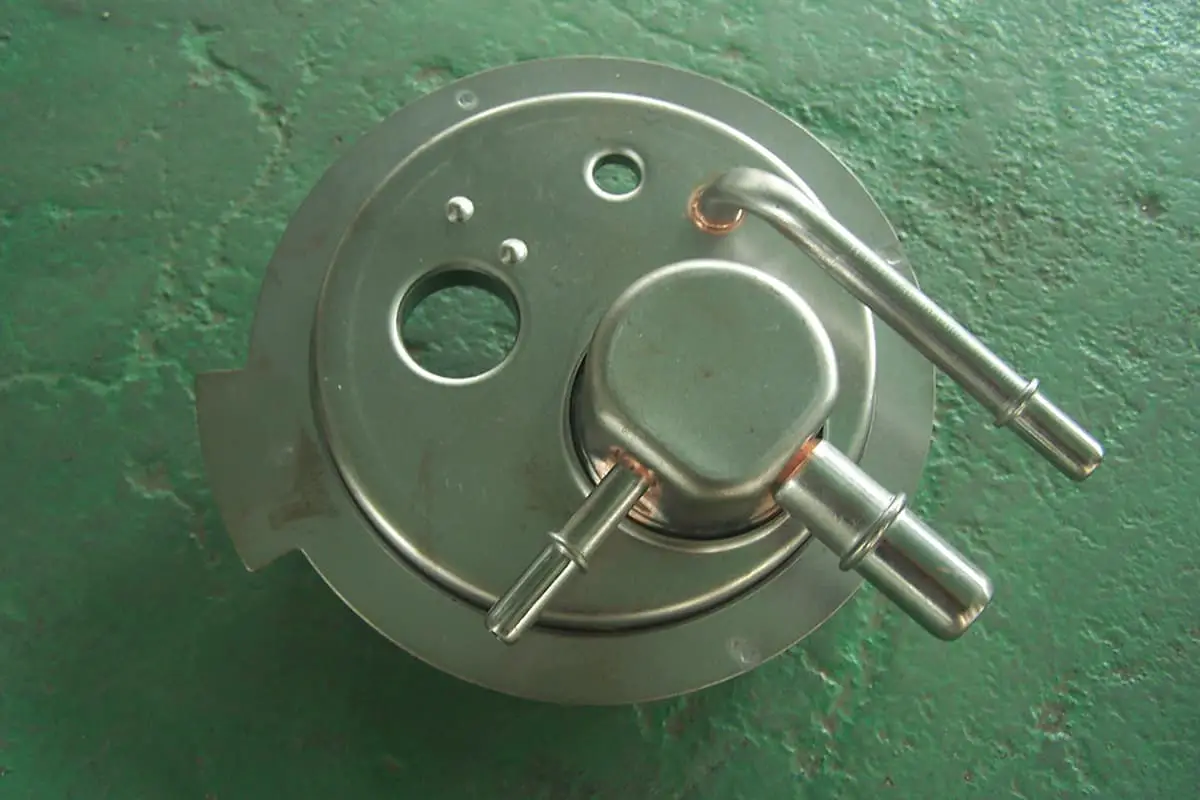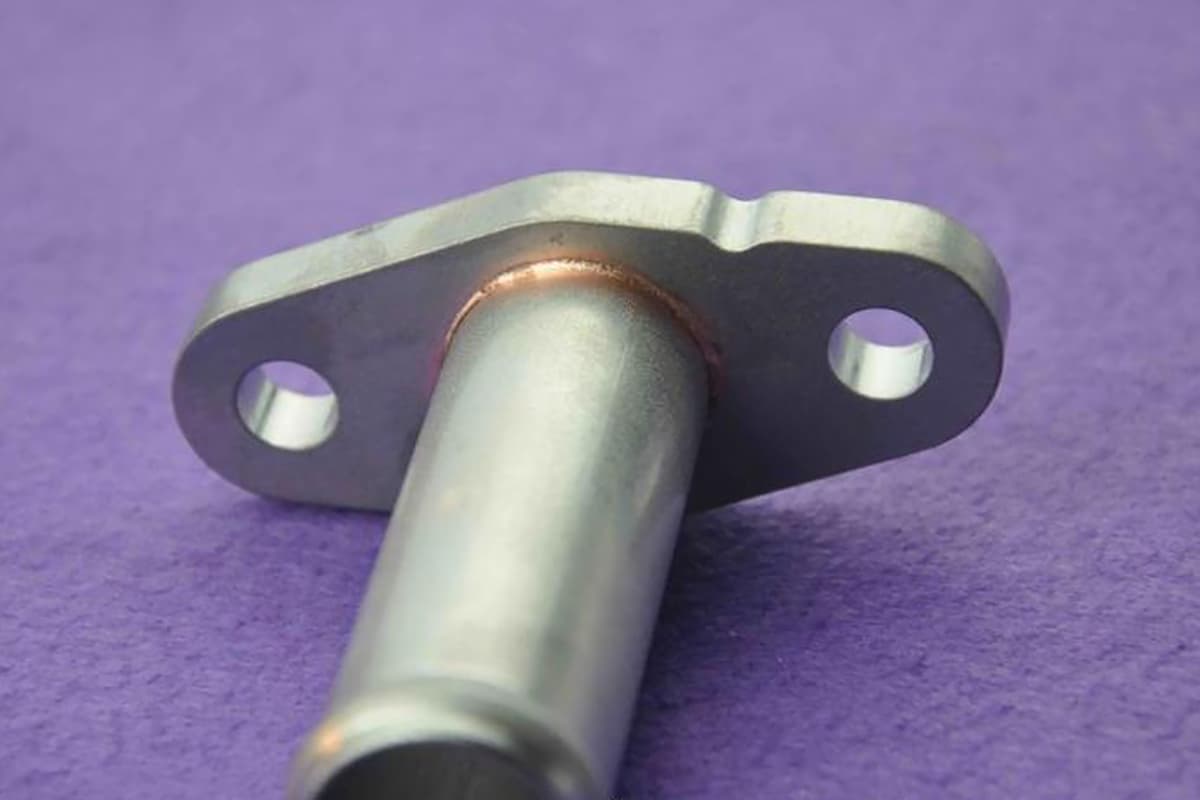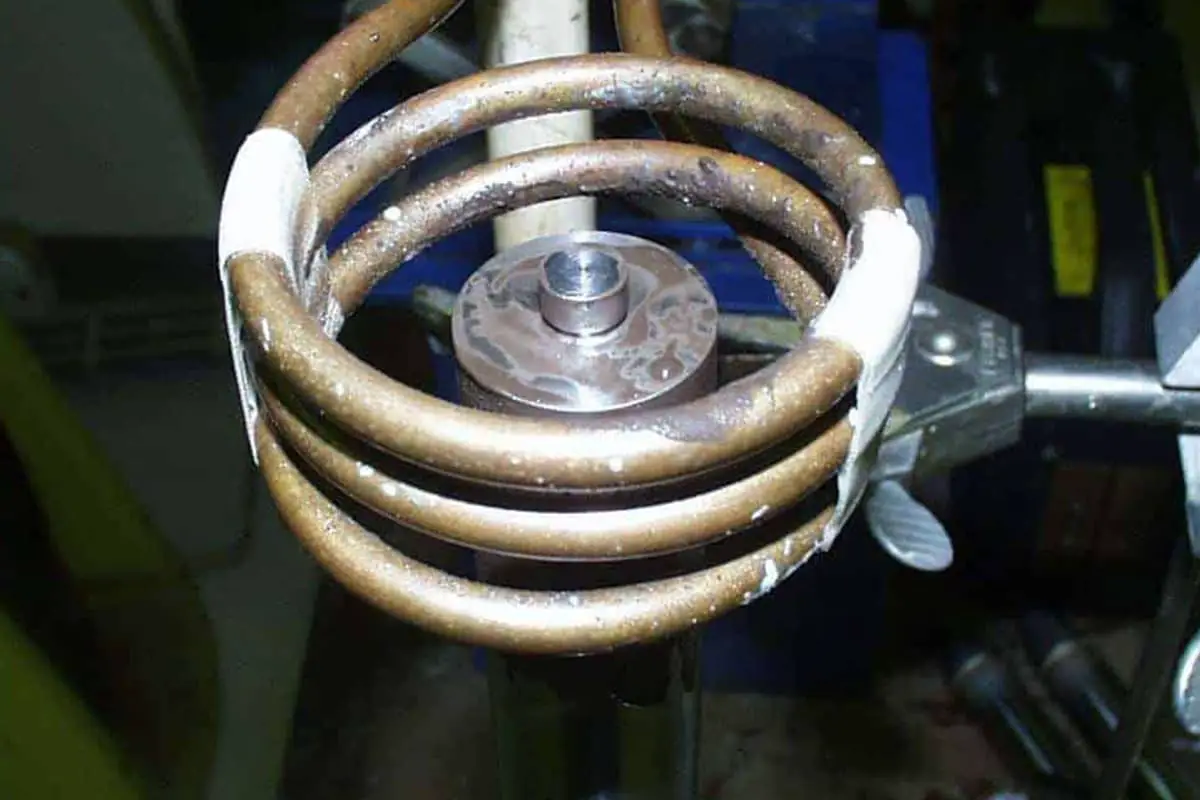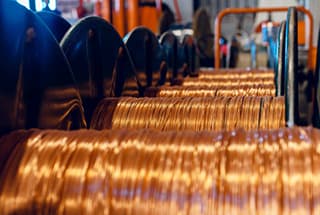
Have you ever wondered how high-temperature alloys are joined without compromising their strength? This article delves into the brazing process for nickel-based, iron-based, and cobalt-based high-temperature alloys. Learn how to manage oxidation, select appropriate brazing materials, and understand the detailed brazing processes to achieve durable, high-quality joints. Gain insights into vacuum brazing and protective atmosphere techniques, ensuring your alloy components perform reliably in extreme conditions.
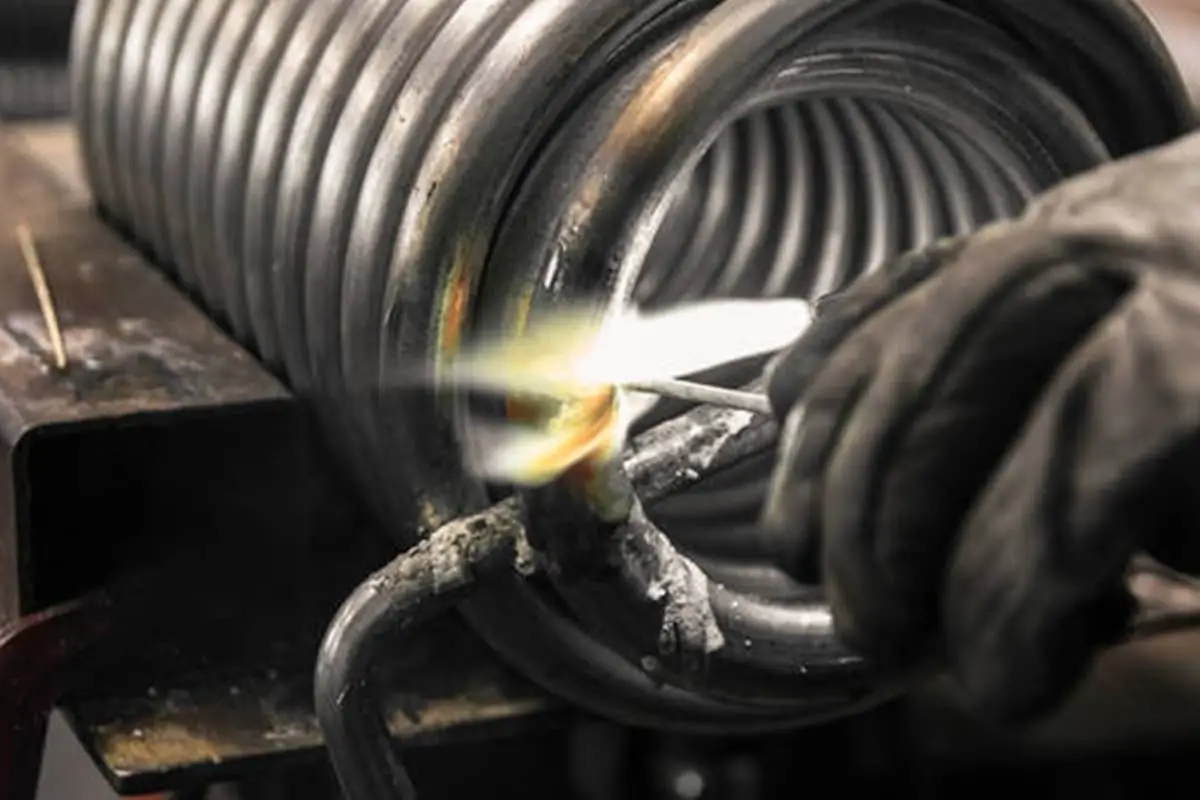
High-temperature alloys can be divided into three main categories: nickel-based, iron-based, and cobalt-based. They exhibit good mechanical properties, oxidation resistance, and corrosion resistance at high temperatures. Nickel-based alloys are the most commonly used in practical applications.

High-temperature alloys contain a significant amount of chromium (Cr), which forms a challenging-to-remove Cr2O3 oxide film on the surface during heating. Nickel-based high-temperature alloys also contain aluminum (Al) and 티타늄 (Ti), which are prone to oxidation during heating.
Therefore, preventing or minimizing oxidation and removal of the oxide film is crucial in brazing high-temperature alloys. For cast nickel-based alloys with high Al and Ti content, it is necessary to ensure a vacuum level of not less than 10-2 to 10-3 Pa during heating to prevent surface oxidation of the alloy.
For solid-solution strengthened and precipitation strengthened nickel-based alloys, the brazing temperature should be selected to be consistent with the heating temperature during the solid-solution treatment to ensure complete dissolution of alloying elements.
A temperature that is too low may result in incomplete dissolution, while a temperature that is too high may cause grain growth in the base material, making it impossible to restore the material’s properties even with subsequent heat treatment. Cast-based alloys generally have high solid-solution temperatures that are not significantly affected by brazing temperatures.
Some nickel-based high-temperature alloys, especially precipitation-strengthened alloys, have a tendency to stress crack.
Therefore, it is necessary to remove the stresses formed during processing before brazing and minimize the thermal stresses during brazing.
Silver-based, pure copper, nickel-based, and active brazing alloys can be used for brazing nickel-based alloys.
When the operating temperature of the joint is not high, silver-based materials can be used. There is a wide variety of silver-based brazing materials available, and to minimize 내부 스트레스 during heating, it is advisable to choose low melting temperature alloys.
For brazing precipitation-strengthened high-temperature alloys with high aluminum content, FB102 brazing flux should be used, and 10-20% sodium fluoroaluminate or aluminum flux (such as FB201) should be added. When the brazing temperature exceeds 900℃, FB105 brazing flux should be chosen.
In vacuum or protective atmosphere brazing, pure copper can be used as the brazing material. The brazing temperature is in the range of 1100-1150℃, and no stress cracking occurs in the joint. However, the operating temperature should not exceed 400℃.
Nickel-based brazing alloys have excellent high-temperature properties and are commonly used for brazing high-temperature alloys.
The main alloying elements in nickel-based brazing alloys are chromium (Cr), silicon (Si), and boron (B), with a small amount of iron (Fe), tungsten (W), and other elements. B-Ni68CrWB brazing alloy is suitable for brazing high-temperature components and turbine blades as it reduces the intergranular penetration of boron into the base material and has a larger melting temperature range.
However, brazing alloys containing tungsten have reduced flowability, making it more challenging to control the joint clearance.
Active diffusion brazing alloys do not contain silicon and exhibit excellent oxidation and sulfidation resistance. The brazing temperature can be selected between 1150-1218℃ depending on the type of brazing alloy. After brazing, diffusion treatment at 1066℃ can result in brazed joints with properties consistent with the base material.
Nickel-based alloys can be brazed using methods such as brazing in a protective atmosphere furnace, vacuum brazing, and transient liquid phase bonding.
Prior to brazing, it is necessary to remove grease and surface oxides through sanding, polishing with a buffing wheel, wiping with acetone, and chemical cleaning.
When selecting 브레이징 프로세스 parameters, it is important to avoid excessively high heating temperatures and keep the brazing time short to prevent strong chemical reactions between the brazing filler metal and the base material.
To prevent cracking of the base material, pre-stress relief treatment should be performed on parts that have undergone cold working before brazing. The heating during welding should be as uniform as possible.
For precipitation-strengthened high-temperature alloys, the parts should be solution-treated first, then brazed at a temperature slightly higher than the aging treatment temperature, and finally subjected to aging treatment.
1) Brazing in a Protective Atmosphere Furnace
Brazing in a protective atmosphere furnace requires high purity of the protective gas. For high-temperature alloys with W (Al) or W (Ti) content lower than 0.5%, when using hydrogen or argon gas, the dew point should be below -54℃.
As the Al and Ti content increases, oxidation still occurs during surface heating of the alloy. The following measures must be taken: adding a small amount of brazing flux (such as FB105) to remove the oxide film; applying a coating of 0.025 to 0.038mm thickness on the surface of the parts; pre-application of brazing filler metal on the surface of the material to be brazed; using a small amount of gas flux, such as boron trifluoride.
2) Vacuum Brazing
Vacuum brazing is widely used and provides better protection and brazing quality. The mechanical properties of typical nickel-based high-temperature alloy joints are shown in Table 15.
For high-temperature alloys with w (Al) or w (Ti) less than 4%, the brazing filler metal can wet the surface even without special pretreatment, but it is preferable to electroplate a nickel layer of 0.01 to 0.015mm thickness on the surface.
When w (Al) or W (Ti) exceeds 4%, the thickness of the nickel plating should be 0.020.03mm. A plating that is too thin does not provide sufficient protection, while a plating that is too thick can reduce joint strength.
Vacuum brazing can also be conducted by placing the parts to be brazed in a box along with an absorber, such as Zirconium (Zr), which absorbs gases at high temperature and creates a partial vacuum within the box, thereby preventing oxidation of the alloy surface.
Table 15: Mechanical Properties of Typical Vacuum Brazed Joints in Nickel-Based High-Temperature Alloys
| Alloy grades | Brazing Filler Metal | Brazing Conditions | Brazing Temperature / ℃ | Shear Strength / MPa |
| GH3030 | B-Ni82CrSiB | 1080~1180℃ | 600 | 220 |
| 800 | 224 | |||
| 1110~1205℃ | 20 | 230 | ||
| 650 | 126 | |||
| B-Ni68CrSiB | 1105~1205℃ | 20 | 433 | |
| 650 | 178 | |||
| GH3044 | B-Ni70CrSiBMo | 1080~1180℃ | 20 | 234 |
| 900 | 162 | |||
| GH4188 | B-Ni74CrSiB | 1170℃ | 20 | 308 |
| 870 | 90 | |||
| DZ22 | B-Ni43CrNiWBSi | 1180℃2h | 950 | 26~116 |
| 1180℃24h | 980 | 90~107 | ||
| GH4033 | NMP | 1120~1180℃ | 20 | 338 |
| 850 | 122 | |||
| SPM2 | 1170~1200℃ | 850 | 122 |
The microstructure and strength of high-temperature alloy brazed joints can vary with the brazing gap. Post-brazing diffusion treatment can further increase the maximum allowable value of the joint gap.
Taking Inconel alloy as an example, for Inconel joints brazed with B-Ni82CrSiB, the maximum gap value after 1000°C diffusion treatment for 1 hour can reach around 90um. On the other hand, for joints brazed with B-Ni71CrSiB, the maximum gap value after 1000°C diffusion treatment for 1 hour is around 50um.
3) Transient Liquid Phase Bonding
Transient liquid phase bonding involves using an intermediate alloy layer with a melting point lower than the base material (thickness approximately 2.5 to 100um) as the brazing filler metal. Under low pressure (0 to 0.007MPa) and suitable temperature (1100 to 1250°C), the intermediate layer material first melts and wets the base material.
Due to rapid diffusion of elements, the joint solidifies isothermally to form the joint. This method significantly reduces the requirements for surface fit-up of the base material and reduces welding pressure. The main parameters for transient liquid phase bonding include pressure, temperature, holding time, and intermediate layer composition.
Applying low pressure ensures good contact between the joint surfaces. Heating temperature and time greatly influence joint performance. If the joint needs to have similar strength to the base material without affecting its properties, high temperature (e.g., ≥1150°C) and a long time (e.g., 8 to 24 hours) should be used as the bonding process parameters.
If a slight decrease in joint quality is acceptable or the base material cannot withstand high temperatures, lower temperatures (1100 to 1150°C) and shorter times (1 to 8 hours) should be employed. The composition of the intermediate layer should be based on the composition of the base material to be joined, with additional alloying elements such as B, Si, Mn, Nb, etc.
For example, if the composition of the Udimet alloy is Ni-15Cr-18.5Co-4.3Al-3.3Ti-5Mo, the composition of the intermediate layer used for transient liquid phase bonding would be B-Ni62.5Cr15Co15Mo5B2.5. These added elements can lower the melting temperature of Ni-Cr or Ni-Cr-Co alloys, with B having the most significant lowering effect.
Additionally, B exhibits high diffusion rate, allowing for rapid homogenization of the intermediate layer alloy and the base material.

